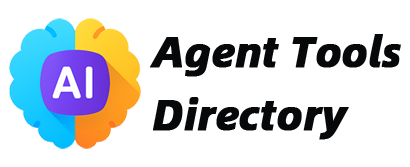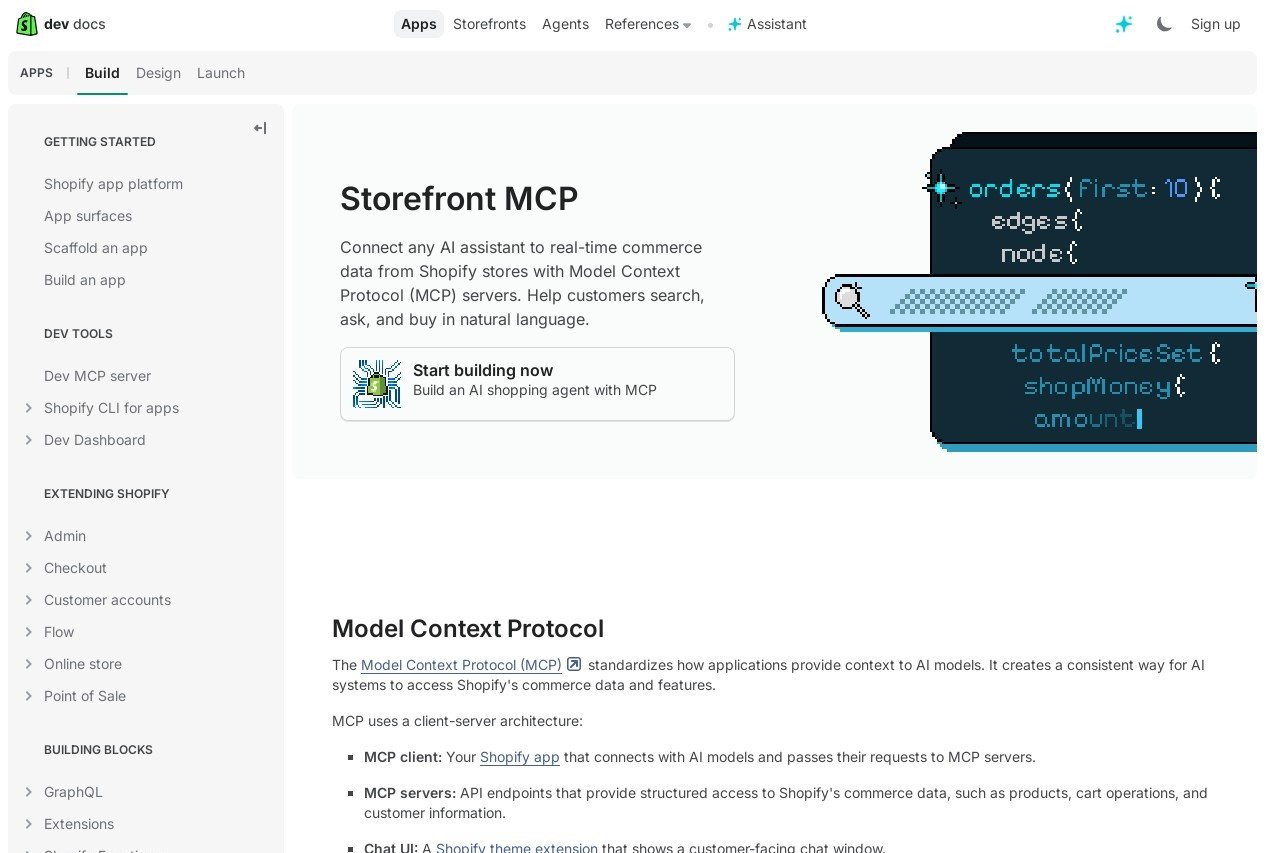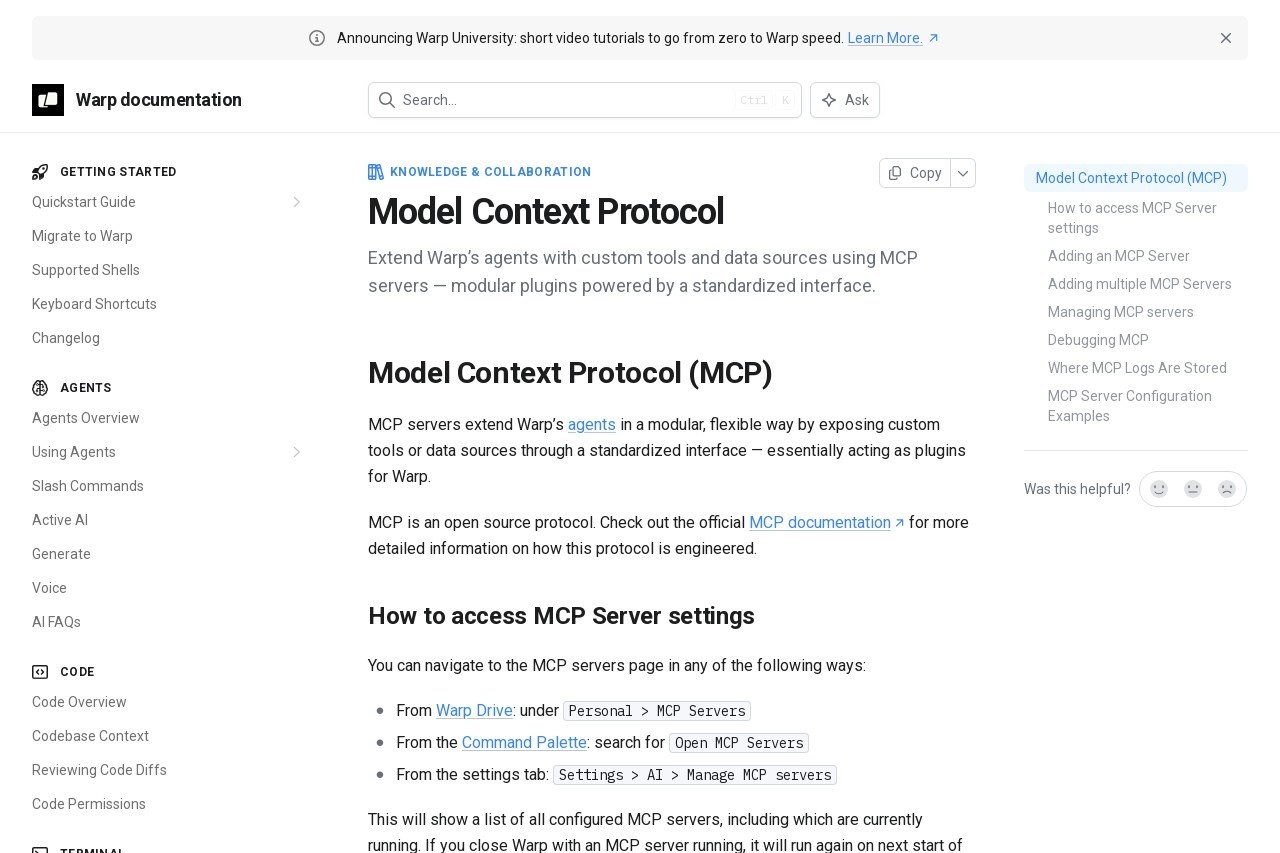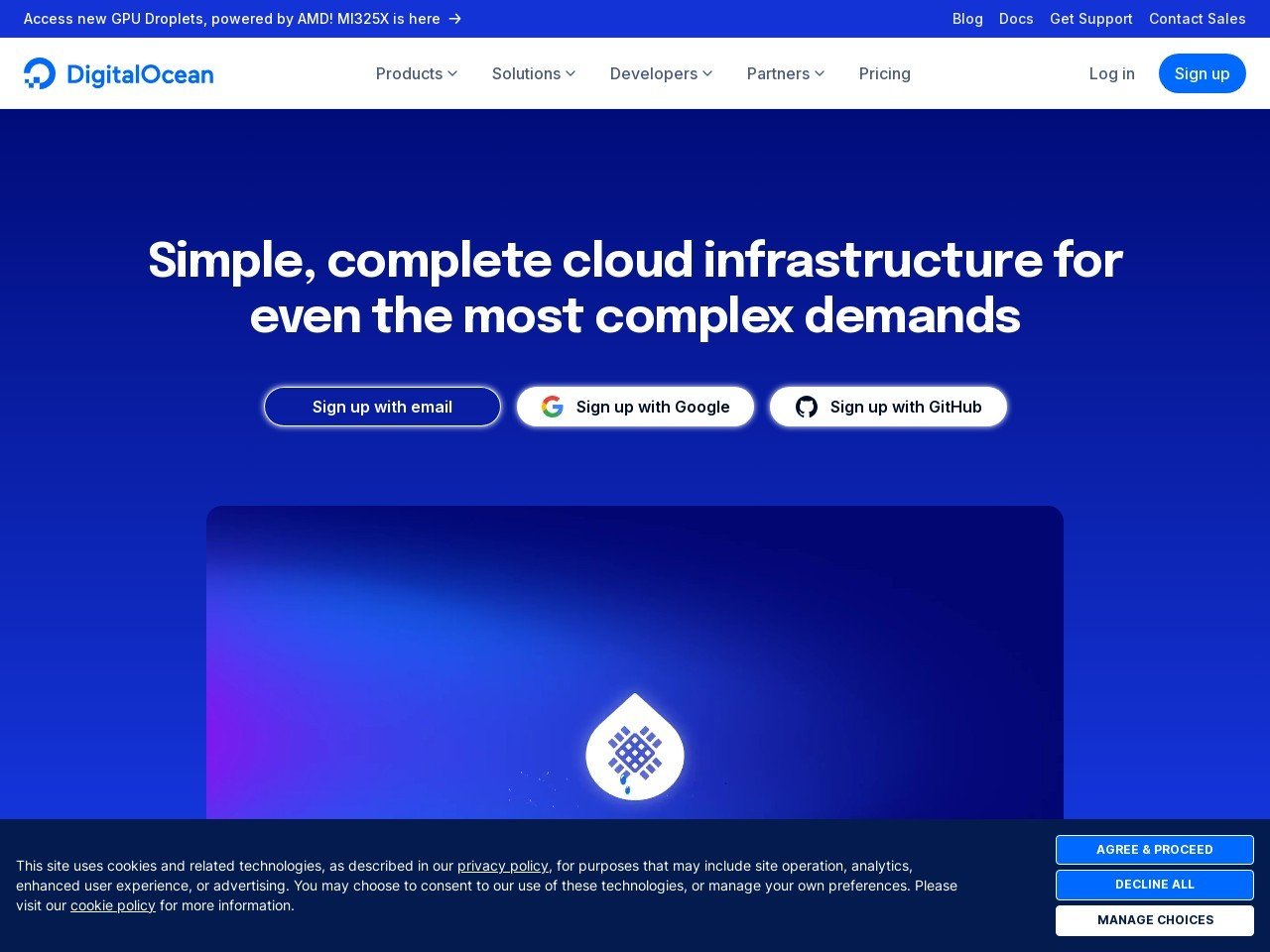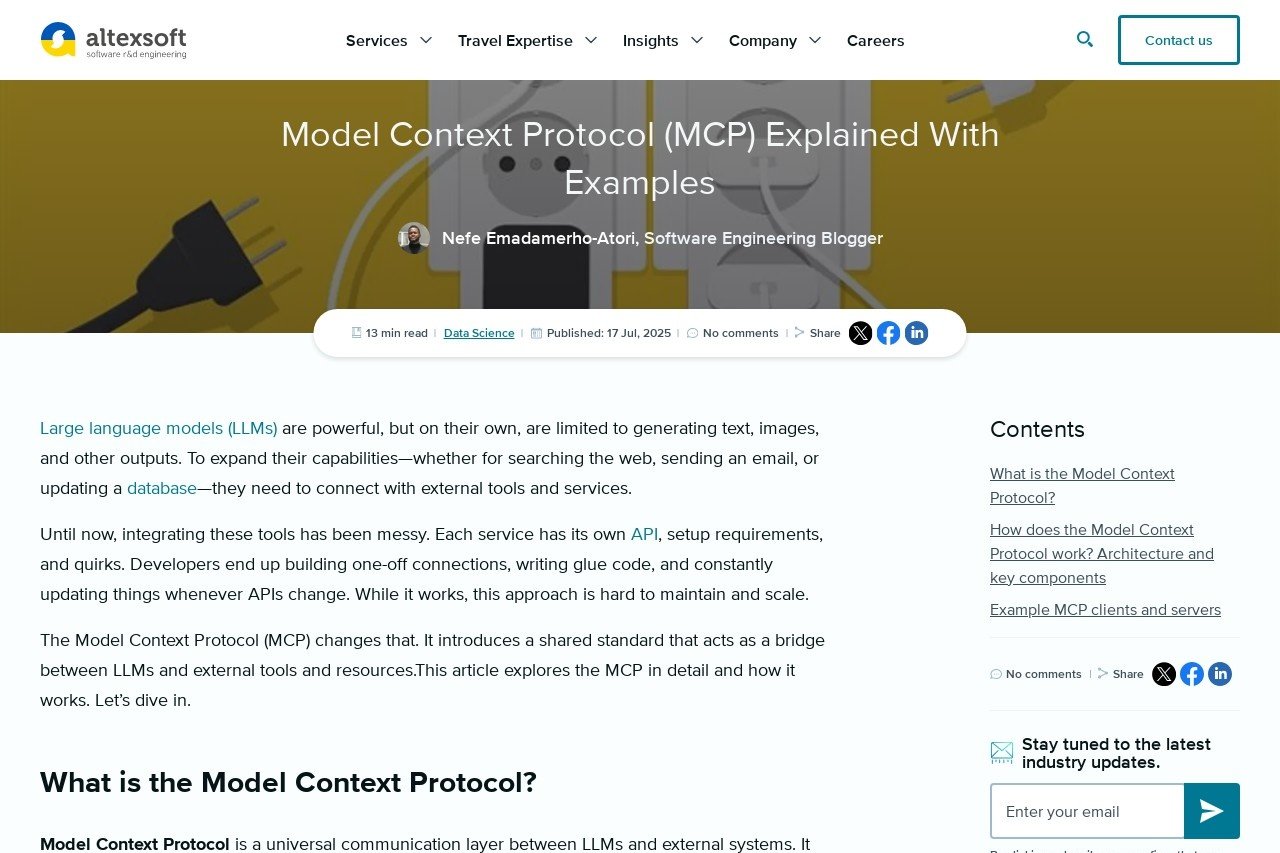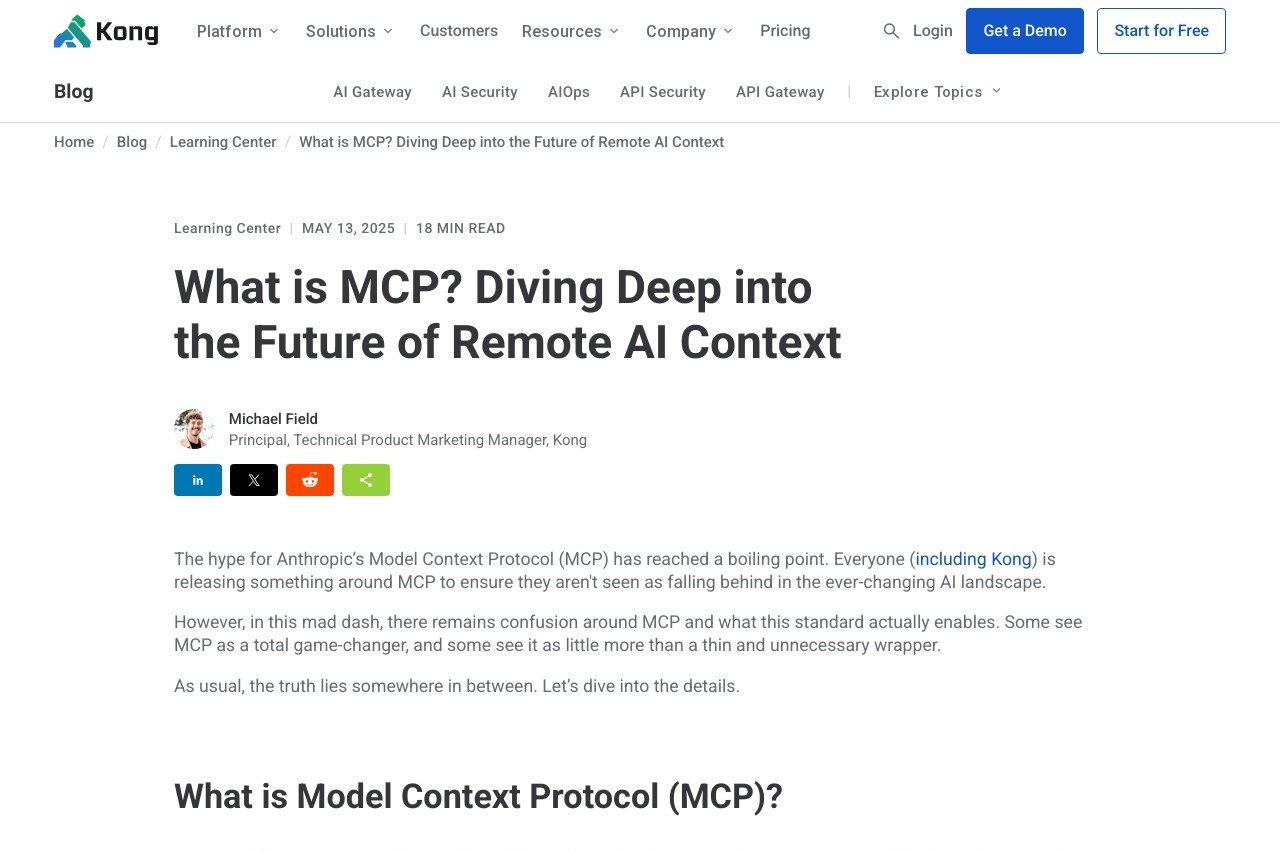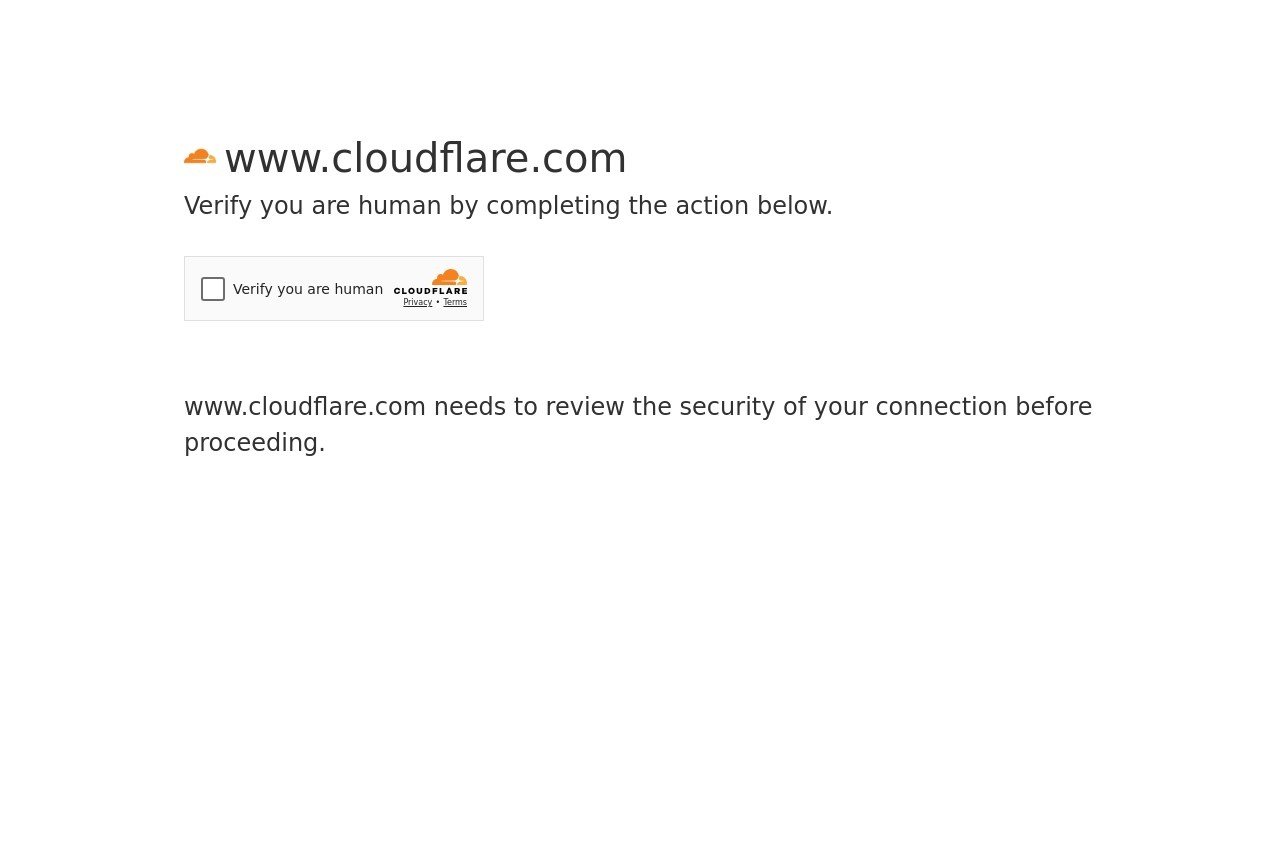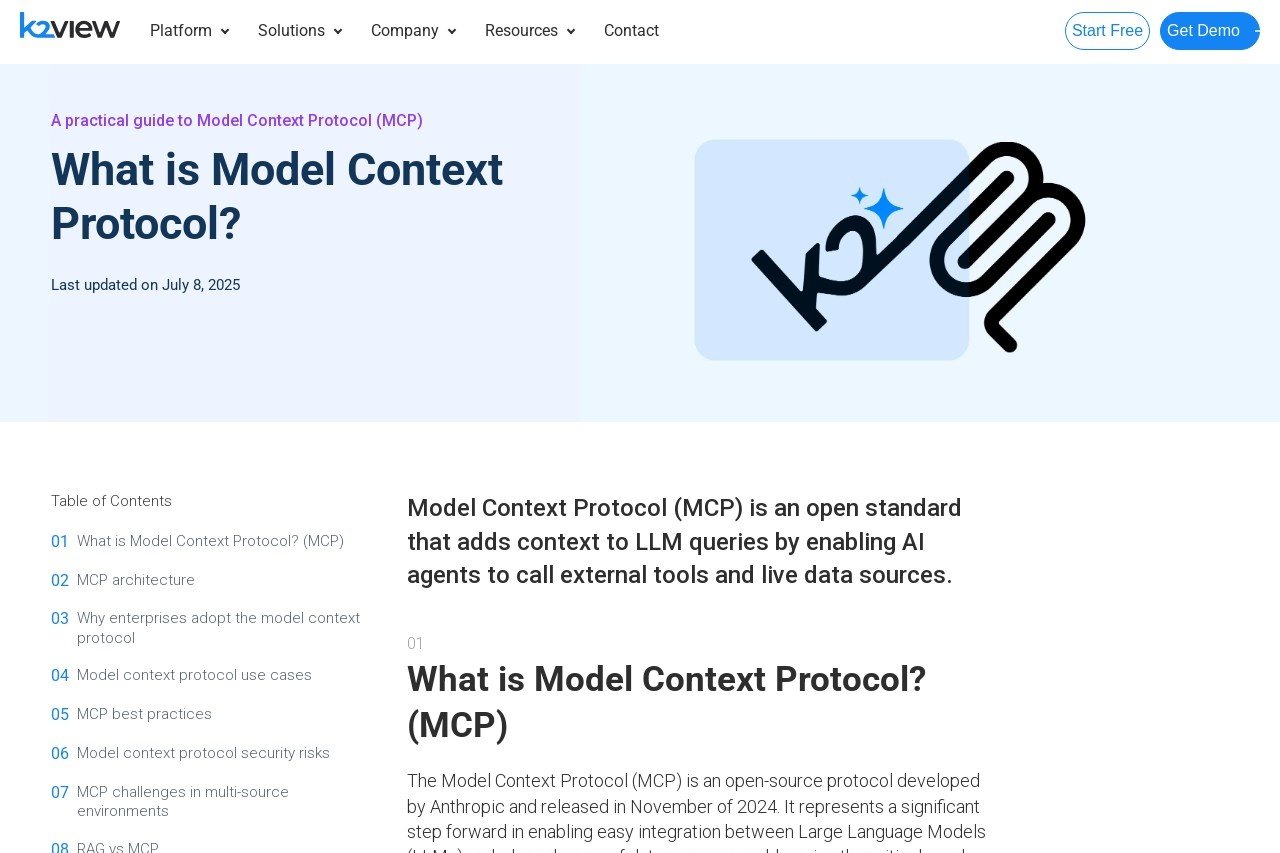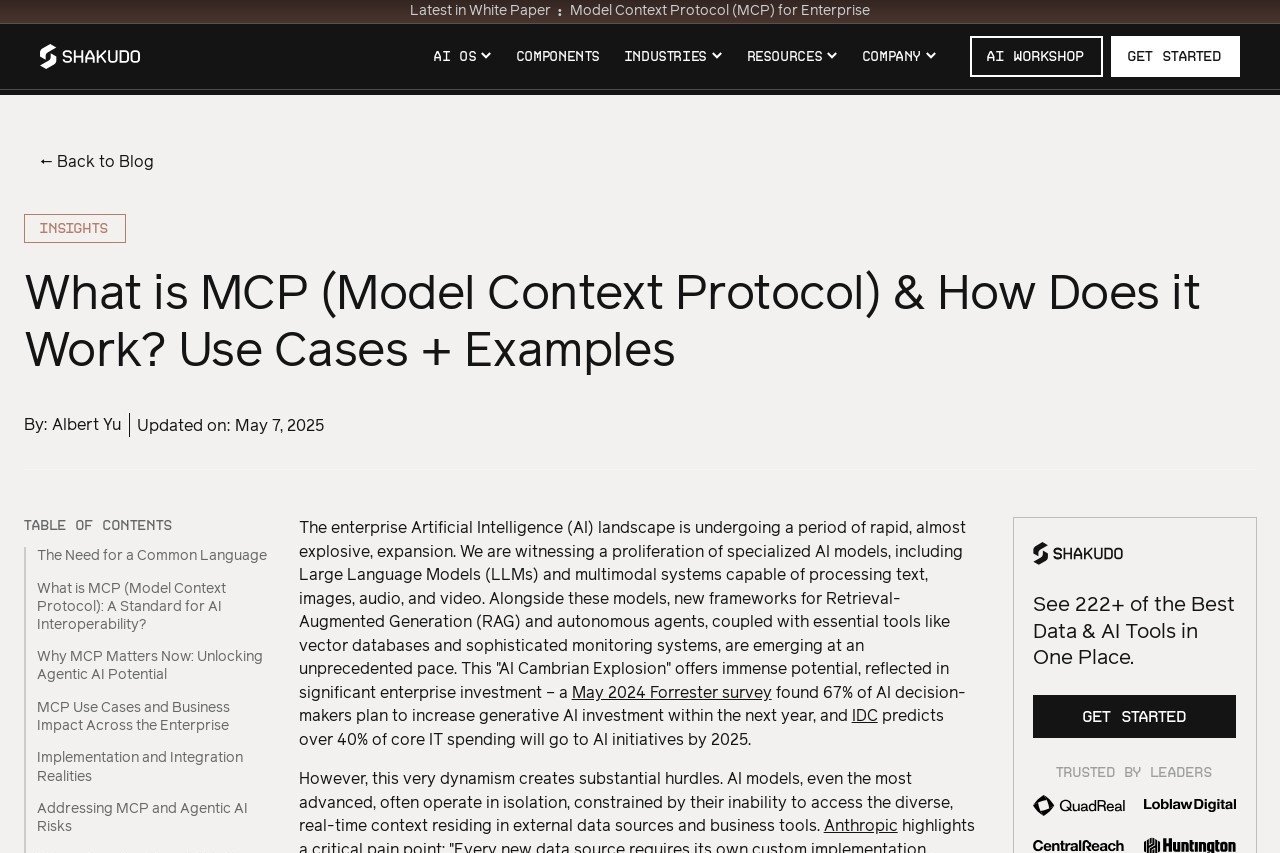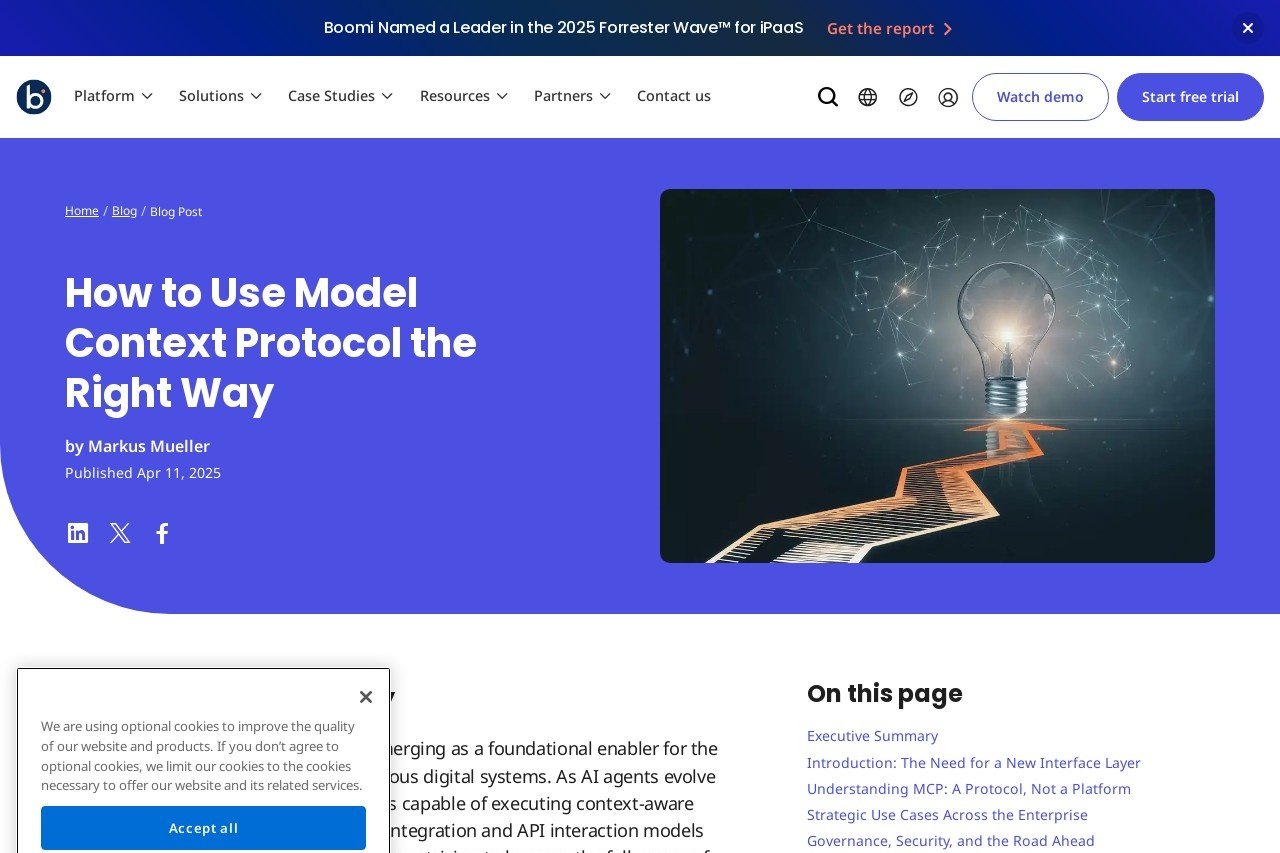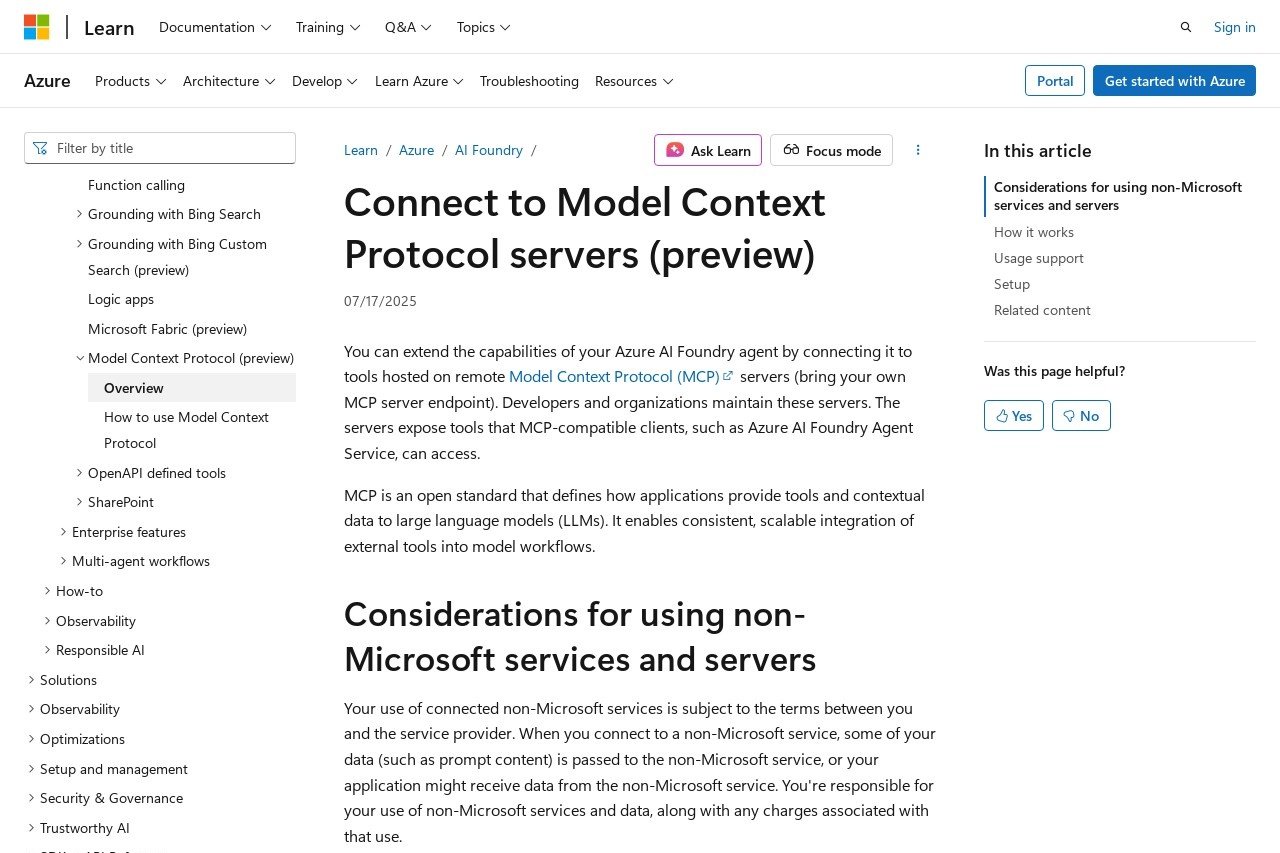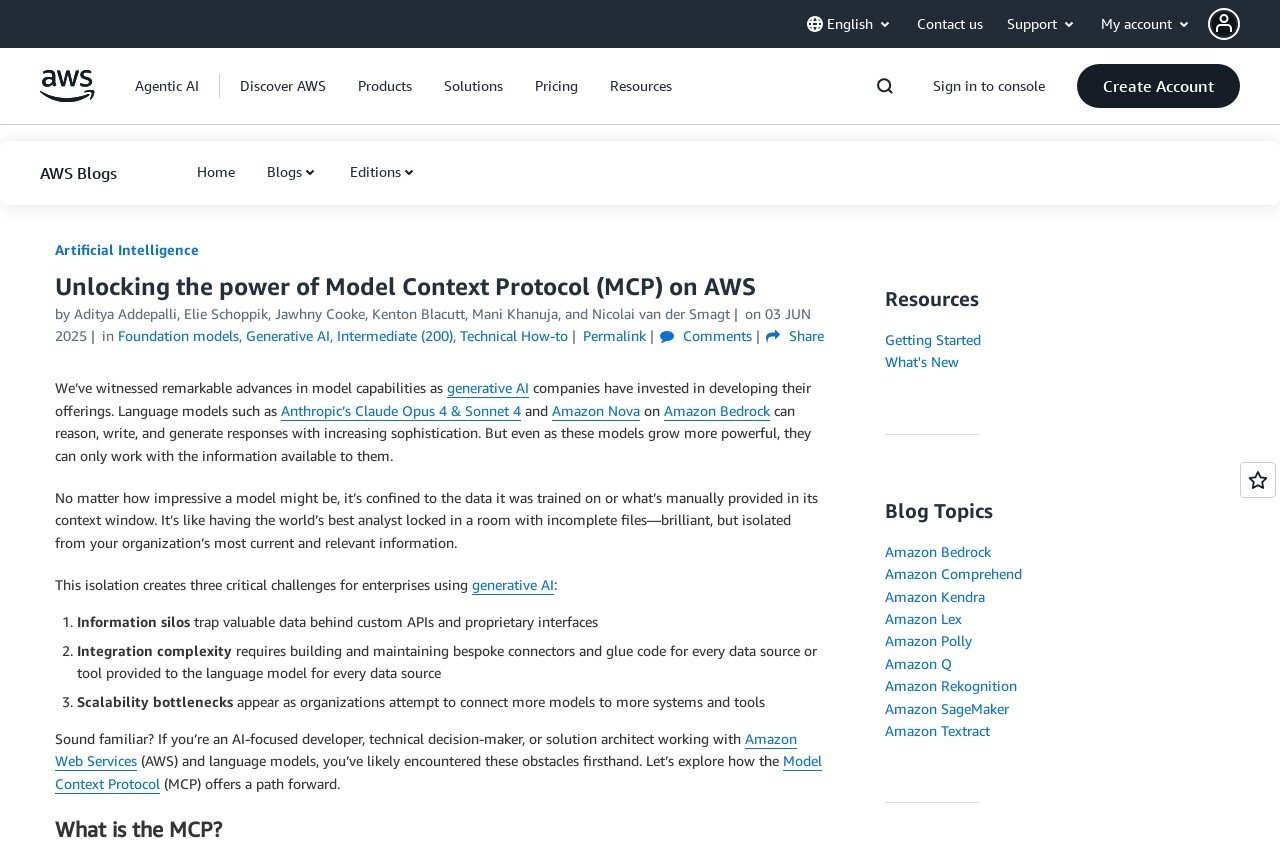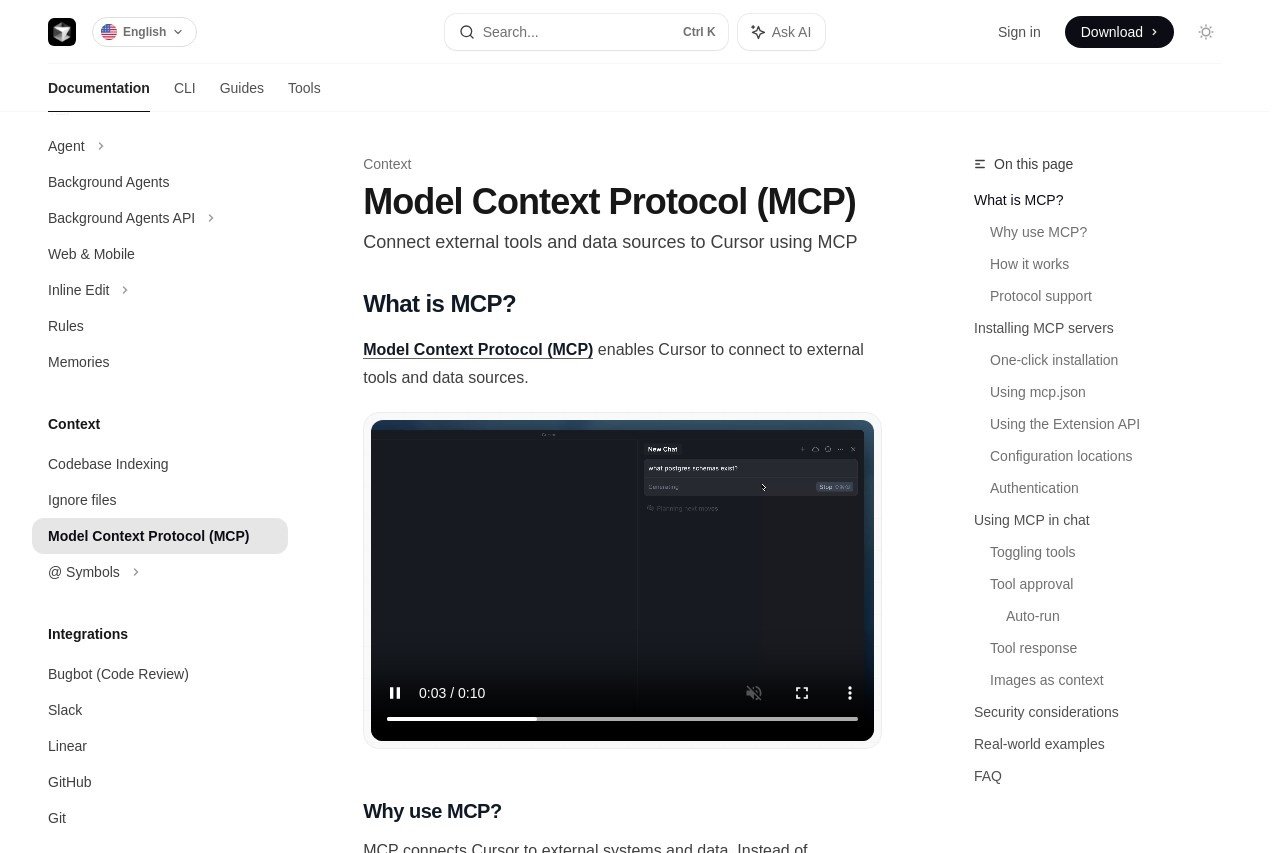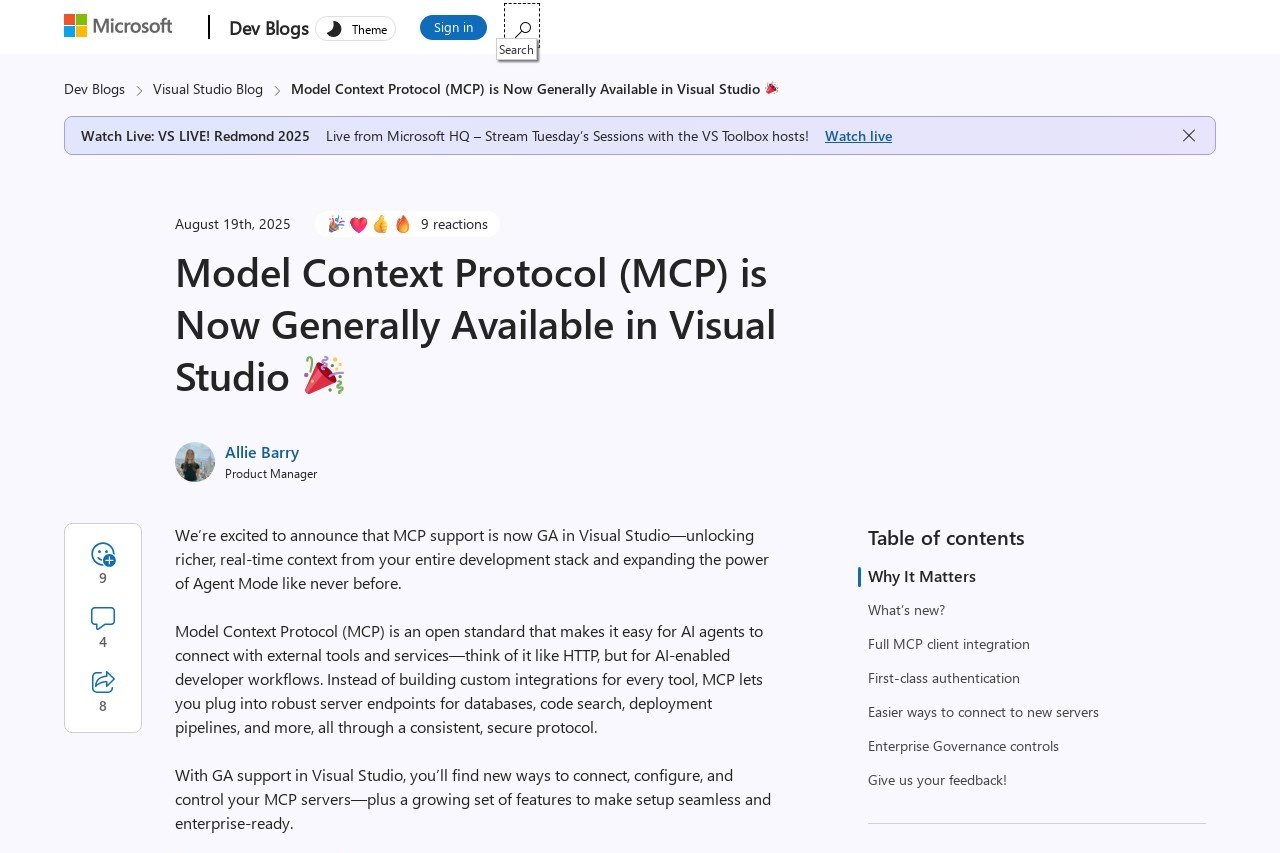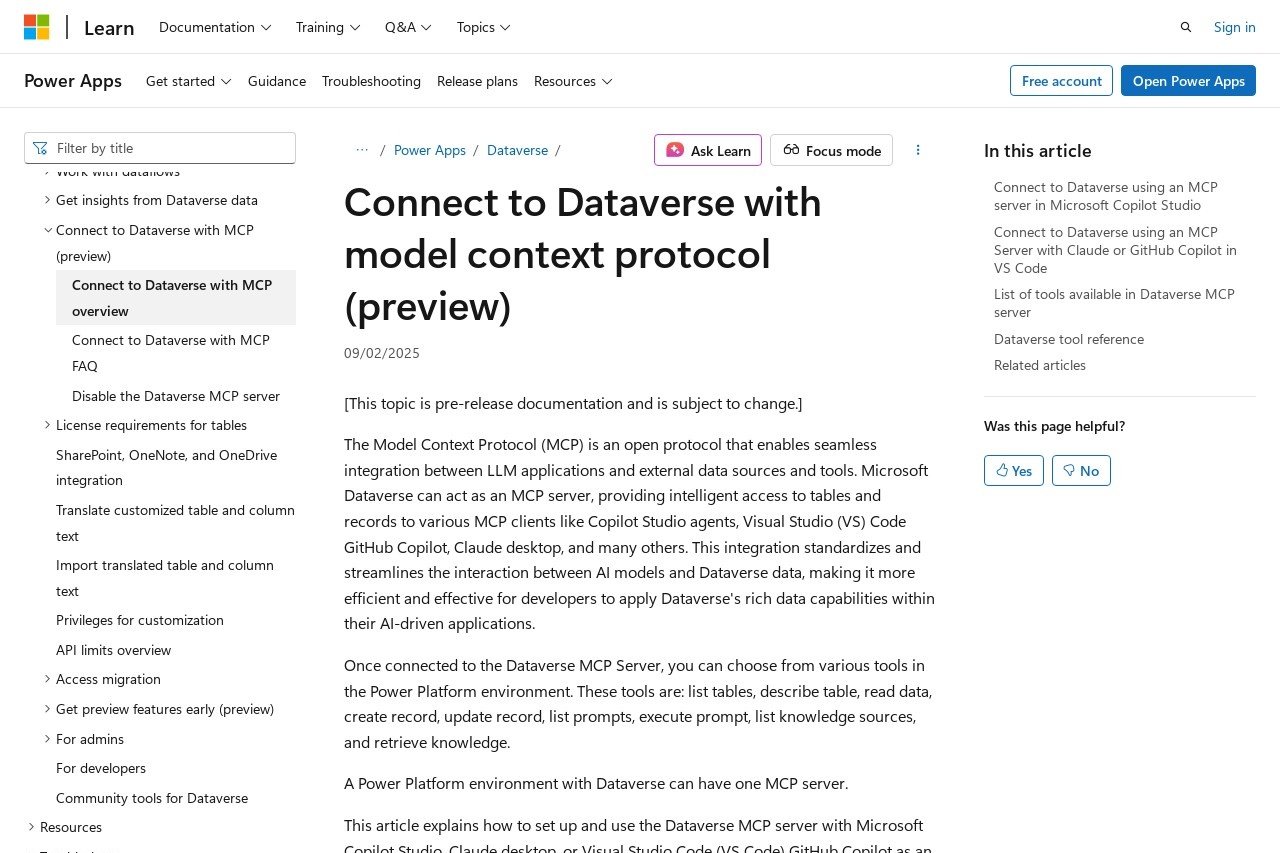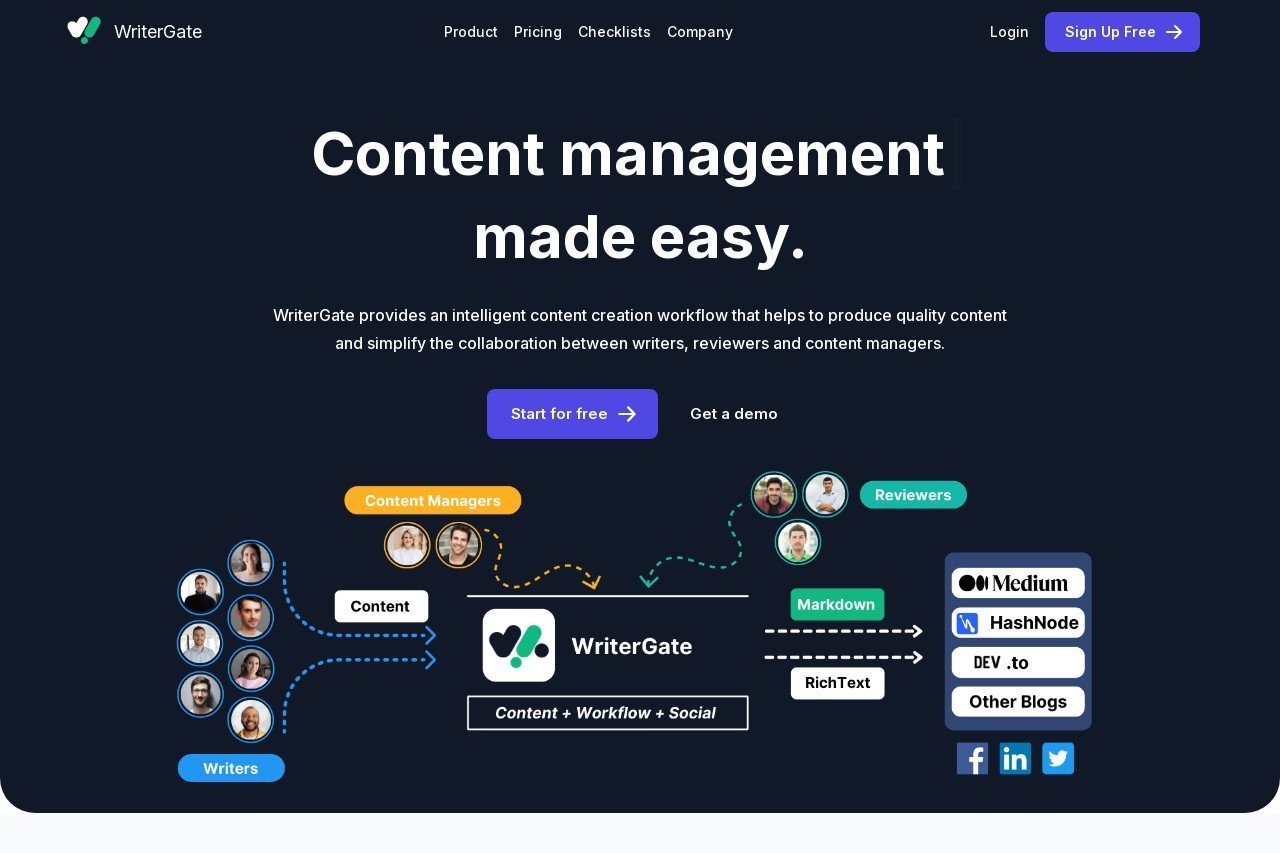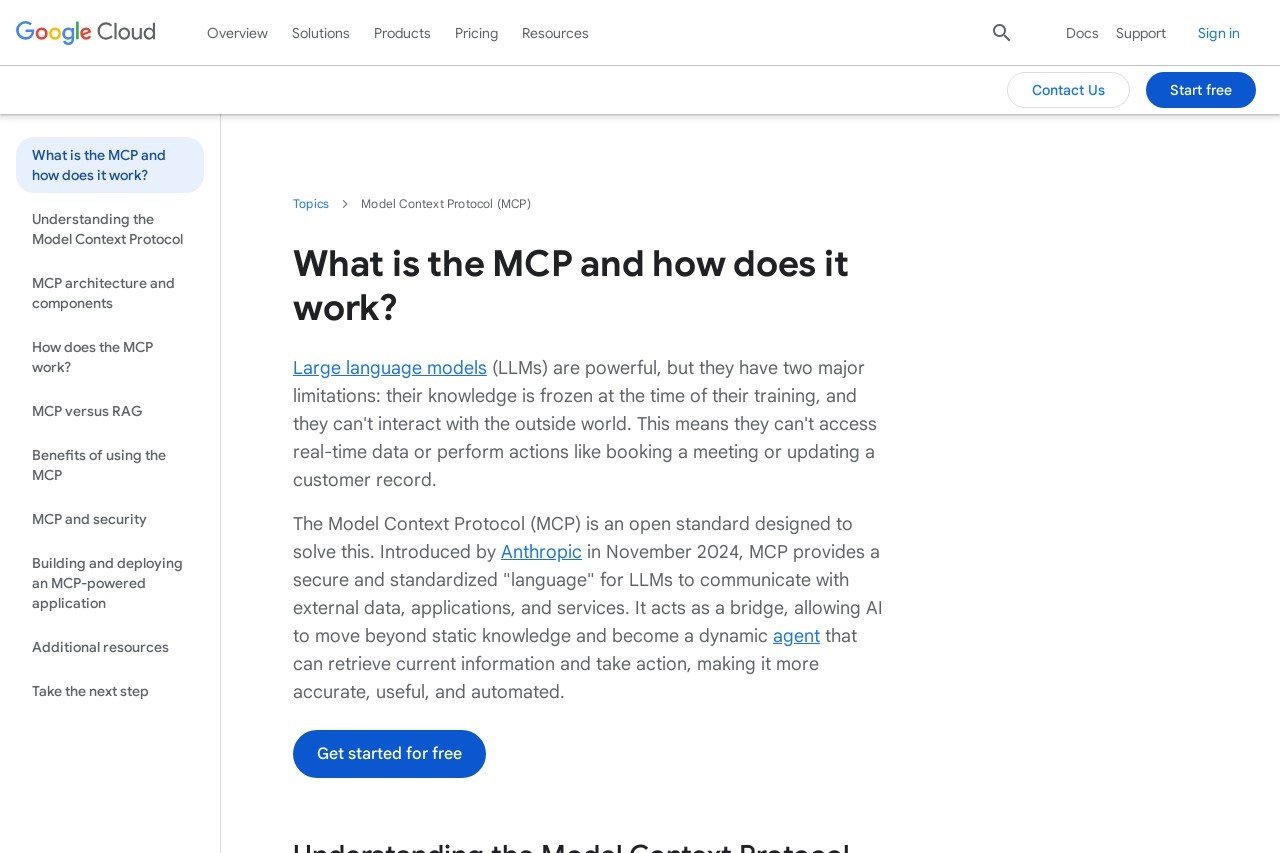
Google Cloud provides a guide explaining the Model Context Protocol (MCP), a framework for enhancing AI models with real-time data and context.
Google Cloud
Introduction to Google Cloud's Model Context Protocol (MCP)
Google Cloud offers a comprehensive guide to the Model Context Protocol (MCP), an innovative framework designed to significantly enhance the capabilities of AI models. By integrating real-time data and rich contextual information, MCP enables AI systems to deliver more accurate, relevant, and intelligent responses. This protocol is a cornerstone for developers and organizations looking to build next-generation AI applications that are both powerful and contextually aware.
Key Features
The Model Context Protocol boasts a range of powerful features that make it a standout solution for AI development:
- Real-time Data Integration: Seamlessly connects AI models to live data streams and external databases.
- Dynamic Context Enrichment: Enhances model prompts with up-to-date, relevant information for improved accuracy.
- Standardized Communication: Provides a common framework for tools and data sources to communicate with AI models.
- Enhanced Tool Use: Allows models to call external functions and APIs to retrieve necessary information on the fly.
- Scalable Architecture: Built to handle the demands of enterprise-level applications and complex workflows.
Benefits and Advantages
Adopting the Model Context Protocol from Google Cloud provides numerous strategic advantages for your AI initiatives. It dramatically reduces the occurrence of outdated or incorrect AI responses, known as "hallucinations," by grounding models in real-time facts. This leads to increased user trust and more reliable applications. Furthermore, its standardized nature accelerates development, reduces integration complexity, and future-proofs your AI infrastructure by allowing easy connection to new data sources and tools as they emerge.
Who Should Use MCP?
The Model Context Protocol is an essential tool for a wide range of professionals and organizations. AI application developers can use it to create more responsive and intelligent products. Enterprise architects can leverage it to build robust, data-aware AI systems within their companies. Additionally, data scientists and ML engineers will find it invaluable for prototyping and deploying models that require access to constantly updating information, making it ideal for industries like finance, healthcare, customer support, and research.
Frequently Asked Questions (FAQ)
What is the primary goal of the Model Context Protocol (MCP)?
The primary goal of MCP is to create a standardized method for AI models to securely access real-time data, tools, and computational resources, thereby greatly expanding their knowledge and capabilities beyond their initial training.
How does MCP improve AI model performance?
MCP improves performance by allowing models to pull in fresh, contextual information at the moment a query is made. This means answers are based on the latest available data, not just a static knowledge base, leading to more precise and useful outputs.
Is MCP compatible with existing AI models and tools?
Yes, a key design principle of MCP is interoperability. It is designed to be a universal protocol that can be integrated with a variety of existing AI models, data platforms, and external tools, making adoption smoother for development teams.
